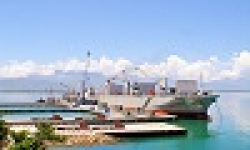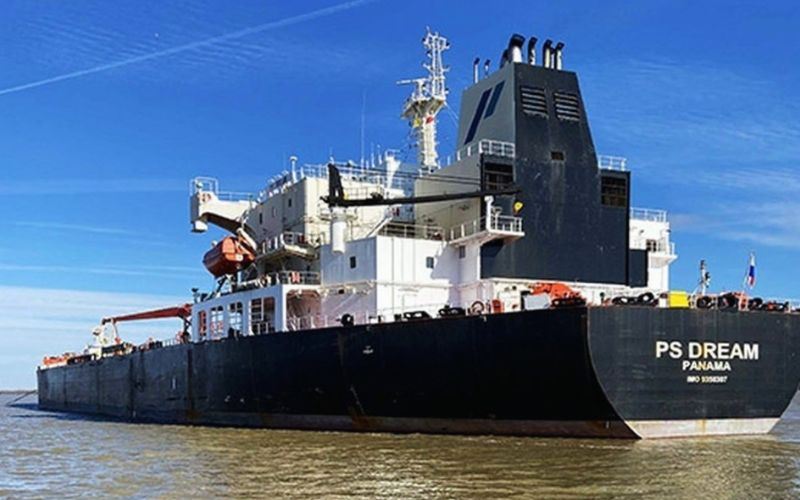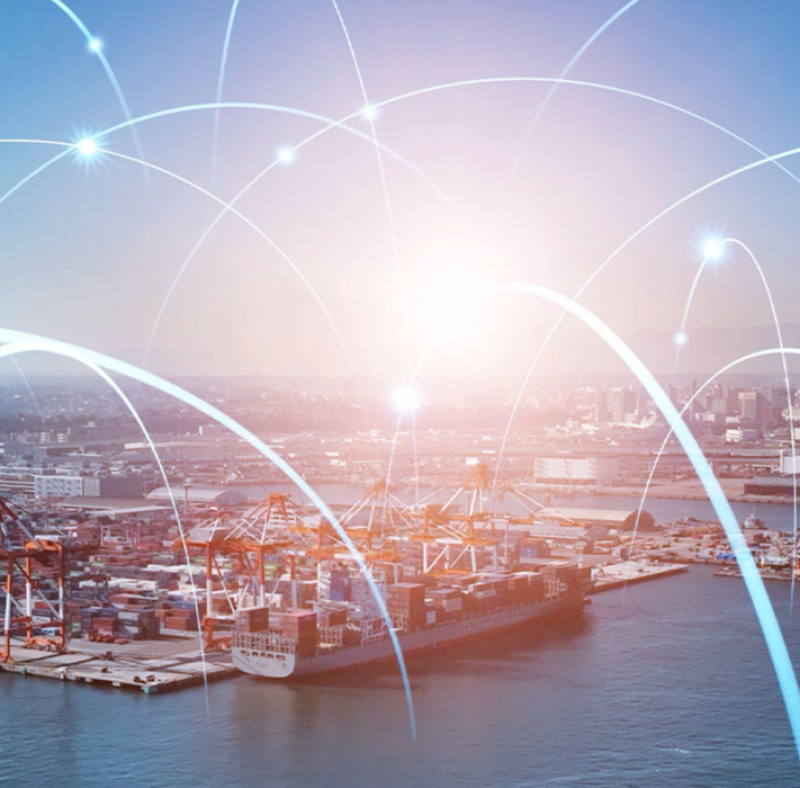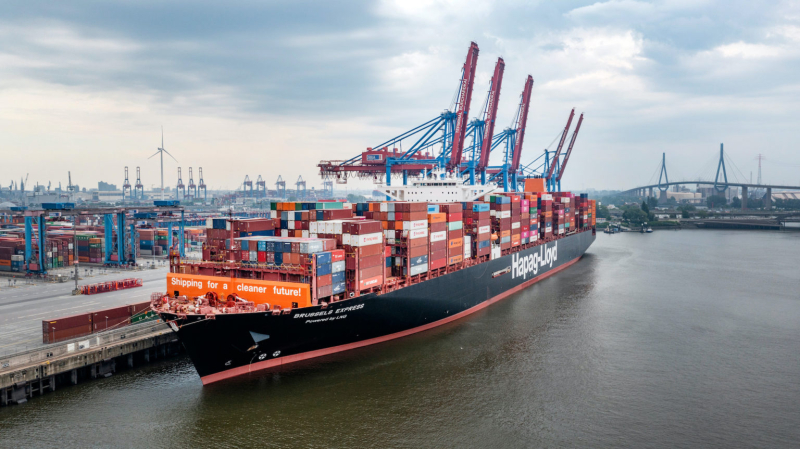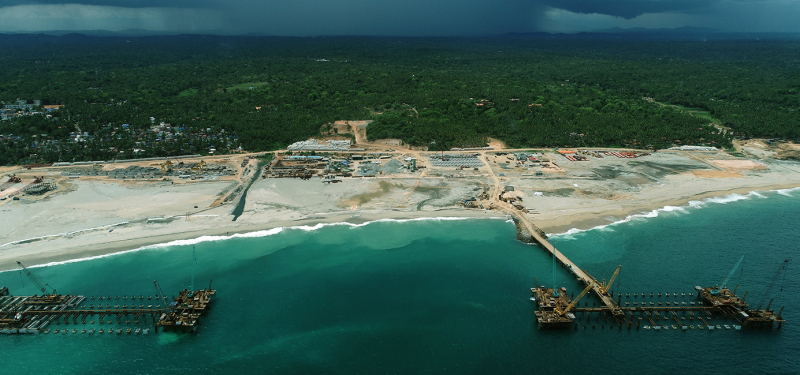The Asia, with the strength of its maritime transport sector, is still the region best-connected to global shipping networks, according to the latest Review of Maritime Transport released on 22 October.
The report shows Asian economies retaining top spots on the global Liner Shipping Connectivity Index, with China coming out on top, followed by the Republic of Korea and Singapore.
Meanwhile, Vietnam has recorded the highest long-term increase of 199% in connectivity since 2006.
The index first introduced in 2004 was computed by UN Trade and Development (UNCTAD).
It’s based on main components of the maritime transport sector such as ship sizes, deployed capacity, numbers of service providers and weekly calls.
Looking at shipping building, China, Japan and the Republic of Korea continue their dominance, accounting for about 95% of global output. For the first time, China delivered over half of the world’s new ships in 2023.
Global trade routes disruptions pose challenges to Asia
In an increasingly interconnected world, geopolitical tensions and impacts of climate change have global repercussions, including in Asia.
Conflict in the Red Sea has severely affected shipping through the Suez Canal and exacerbated congestion in major ports elsewhere in Asia.
Between March and May 2024, waiting times in Singapore nearly doubled from 24 to 40 hours, while in Port Klang, Malaysia, the number went up from 20 to 26 hours.
Faced with low water levels linked to climate-induced droughts, draft restrictions in the Panama Canal in 2023 led to shipment delays and higher costs.
This has impacted trade routes exporting grains and minor bulk commodities from the Americas to Asia, with a 31% increase in sailing distances for completed journeys and a 25% decrease in cargo volume.
Asia as an engine of merchandise trade, 80% of which is transported by sea
The report shows that in 2023, main maritime waterways connecting the East and West accounted for at least 36% of global containerized trade.
These include routes from East Asia to North America, Northern Europe and the Mediterranean.
On the other hand, South-South routes linking the developing world of East and Western Asia, Oceania, Sub-Saharan Africa and Latin America, achieved the highest increase (+9.3%) in its volume of global containerized trade in 2023.
By sector, technology exports from Asia – most notably green energy and artificial intelligence-related products – are expected to drive further recovery in global merchandise trade.
Iron ore trade will continue to grow, given a firm demand from steel producers, particularly in Asia.
Global gas trade is also projected to increase, considering expanding infrastructure for the storage and transport of liquefied natural gas, as well as rising demand from Asia and Europe.
Asian hinterland complements port connectivity
Inland terminals, or dry ports, have the potential to boost regional cooperation and benefit landlocked developing countries.
Their development is also part of the Asian Highway Network and Trans-Asian Railway Network, also known as the Eurasian Landbridge.
The network of dry ports in China and the various inland container depots in India, as the report highlights, have helped improve trade flows by decentralizing seaport operations such as storage and inspections.



